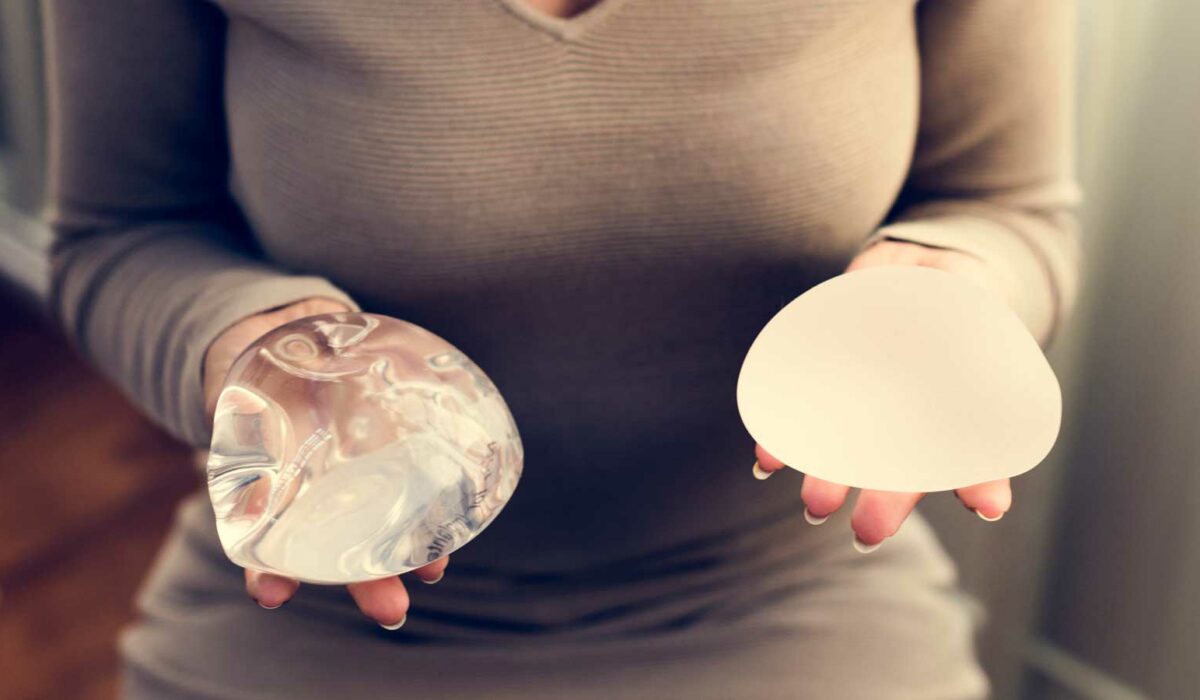Embarking on the journey of breast augmentation is often a transformative experience, enhancing confidence and reshaping one’s self-image. As plastic surgery enthusiasts, it’s essential to understand that breast implants, like any medical device, have a lifespan. In this comprehensive guide, we’ll explore the factors influencing the longevity of breast implants and provide insights on when to consider replacement, ensuring that your journey to lasting beauty is well-informed and satisfying.
1. Lifespan of Breast Implants: The Durability of Breast Implants
Breast implants are designed to be durable and resilient, crafted from high-quality materials that withstand the rigors of daily life. However, it’s crucial to recognize that no medical device is intended to last a lifetime. The lifespan of breast implants varies, influenced by factors such as implant type, lifestyle, and individual characteristics.
2. Silicone vs. Saline Implants:
Understanding the type of breast implants you have is a key factor in assessing their longevity. Silicone and saline implants are the two main types available. Silicone implants have more natural feel and may have a longer lifespan than saline implants. However, both types are subject to the natural aging process and may eventually require replacement.
3. Manufacturer Recommendations:
Each breast implant manufacturer provides guidelines and recommendations regarding the expected lifespan of their products. Familiarize yourself with the information provided by the manufacturer of your implants. While these recommendations offer general guidance, individual factors may influence the need for replacement.
4. Lifespan of Breast Implants : Age of the Implants
The age of your breast implants is a crucial consideration. As implants age, they may be more prone to wear and tear, and the risk of complications, such as ruptures or leaks, may increase. Regular check-ups with your plastic surgeon can help monitor the condition of your implants over time.
5. Changes in Breast Appearance:
Pay attention to changes in the appearance of your breasts. If you notice asymmetry, changes in shape, or a difference in the way your breasts feel, it could be indicative of issues with the implants. Regular self-examinations and professional assessments can help identify any changes that may warrant further investigation.
6. Lifestyle Factors:
Lifestyle factors play a role in the longevity of breast implants. Weight fluctuations, pregnancy, and breastfeeding can impact the appearance and condition of the implants. While breast implants are designed to withstand these changes, it’s essential to be mindful of how lifestyle choices may influence their longevity.
7. Imaging and Monitoring:
Your surgeon can recommend regular imaging studies, such as mammograms or MRIs,to monitor the condition of your breast implants. These studies can detect issues such as silent ruptures or leaks that may not be visibly apparent. Follow your surgeon’s recommendations for imaging frequency based on your specific case.
8. Lifespan of Breast Implants: Consideration of Health and Comfort
The decision to replace breast implants is not solely based on the physical condition of the implants. Health and comfort considerations are equally important. If you experience discomfort, pain, or if there are concerns about the health impact of the implants, consult with your surgeon to explore the possibility of replacement.
9. Advancements in Implant Technology:
Advancements in implant technology continue to emerge so If you’re considering replacement, explore the latest innovations and options available. Newer implant technologies may offer improved durability, safety features, and aesthetic benefits that align with your preferences and goals.
10. Consultation with Your Surgeon:
Regular consultations with your plastic surgeon are essential for monitoring the condition of your breast implants and discussing any concerns or questions you may have so your surgeon can provide personalized insights, assess the current state of your implants, and guide you on the best course of action based on your individual circumstances.
While breast implants are designed to be long-lasting, they are not immune to the effects of time, lifestyle, and individual characteristics. Understanding the factors influencing the lifespan of breast implants and staying proactive in their care is crucial for lasting beauty and satisfaction. Regular consultations with your plastic surgeon, attentiveness to changes in breast appearance, and consideration of health and comfort factors contribute to a well-informed and empowered approach to the potential replacement of breast implants. Embrace the journey of self-enhancement with the knowledge that, with attentive care, you can enjoy the benefits of breast augmentation for many years to come.


